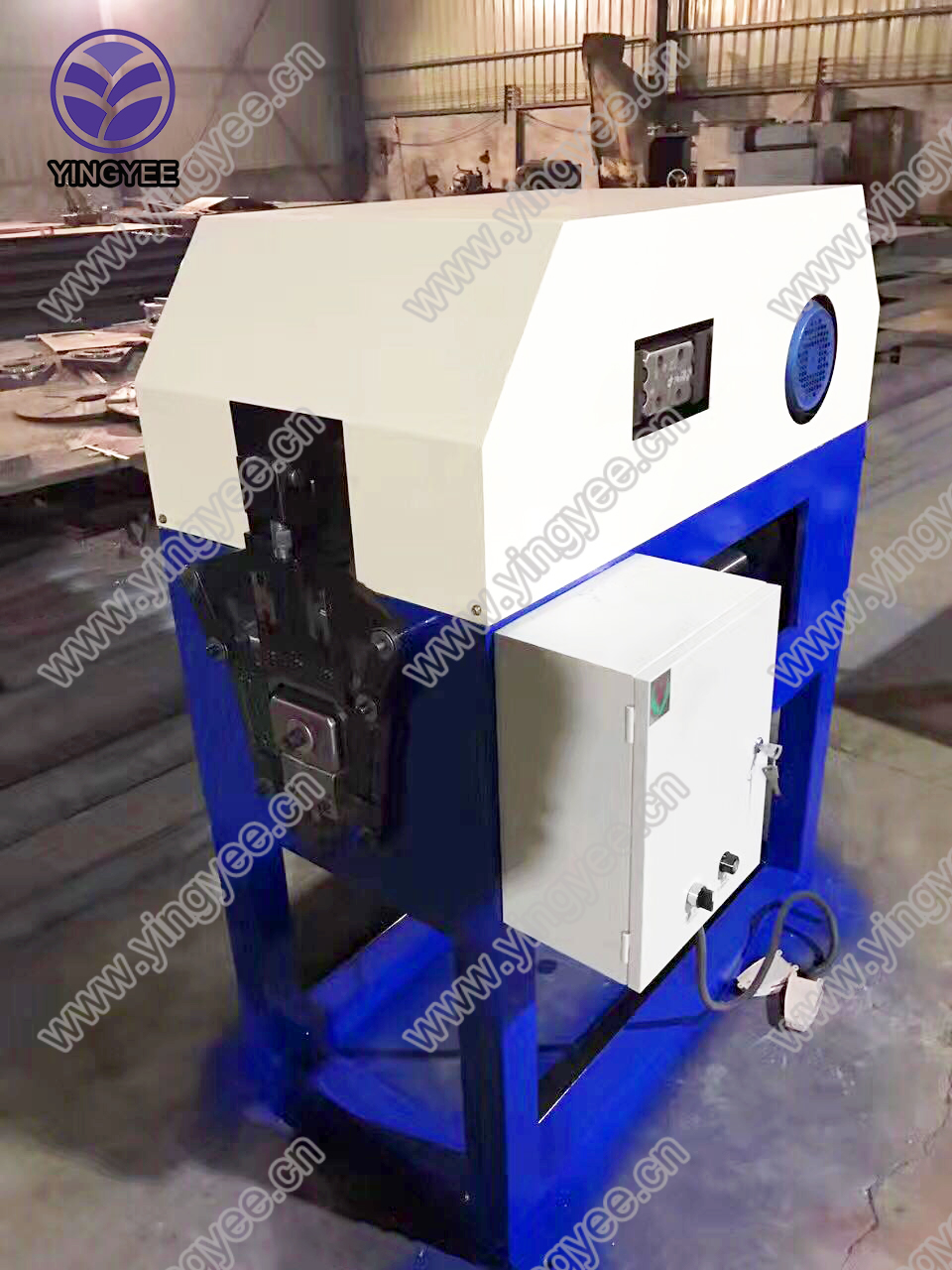
The Importance of Slitting Lines in Modern Manufacturing
In the heart of the manufacturing industry, the slitting line serves as a pivotal component in the processing of materials, particularly metals. This sophisticated piece of equipment is designed to cut wide coils of steel, aluminum, or other metals into narrower strips or sheets, which can then be further processed or utilized in various applications. The efficiency and precision offered by slitting lines have made them indispensable in sectors ranging from automotive production to electrical engineering.
Understanding Slitting Lines
A slitting line typically consists of several key components a pay-off or decoiler, slitting heads, a scrap winder, and a recoiler. The process begins with the decoiling of a wide coil, where the metal is unrolled and fed into the slitting heads. These heads feature multiple blades that slice through the material with extreme accuracy. After the slitting process is complete, the individual strips are recoiled into smaller coils, ready for distribution or further manufacturing processes.
This method of cutting is not only efficient but also ensures minimal waste. The slitting process allows manufacturers to utilize every inch of material, maximizing yield and reducing costs. Furthermore, the precise nature of the cutting reduces the need for extensive rework, leading to improved turnaround times in production schedules.
Applications of Slit Material
The application of slit materials is vast and varied. In the automotive industry, for instance, narrow strips of steel are essential for producing components like seat frames, and chassis parts. These strips can also be used in the production of cut-to-length sheets that are utilized in body panels. The electrical sector benefits similarly, as slit strips of aluminum are key components in the manufacturing of electrical connectors and wiring.
Moreover, the construction industry utilizes slitted metal for various structural applications, from beams to roofing materials. The ability to customize the width and thickness of the strips according to specific project needs adds a level of versatility that is highly valued in construction.

Advancements in Slitting Technology
Recent advancements in slitting line technology have further propelled the efficiency and effectiveness of these machines. Modern slitting lines are equipped with computer numerical control (CNC) systems, allowing for enhanced precision and repeatability. Operators can set parameters to achieve exact specifications, and the machines can adjust on-the-fly to accommodate variations in material thickness or type.
Additionally, automated systems have streamlined the workflow. Automatic coil handling and tension control have minimized the chances of defects caused by manual intervention. Innovations such as laser-guided slitting lines also promise higher accuracy and reduced setup times.
The Economic Impact
Investing in state-of-the-art slitting lines can yield significant economic benefits for manufacturers. By improving efficiency and reducing waste, companies can lower their production costs and increase profitability. As markets continuously strive for sustainability, the ability to maximize material usage aligns with environmental goals, making slitting lines not just an economic asset but a greener choice as well.
Furthermore, the ongoing demand for customized metal solutions fortifies the argument for maintaining a versatile slitting line. The flexibility to produce different sizes and specifications quickly can give manufacturers a competitive edge in rapidly changing markets.
Conclusion
In summary, slitting lines are a crucial element of modern manufacturing that streamline the processing of metals into usable forms. With a wide range of applications across various industries, their impact is felt far beyond the factory floor. Continued innovations in slitting technology promise to enhance the capabilities of these machines, making them even more integral to the manufacturing landscape. As industries evolve and adapt to the demands for efficiency and sustainability, the role of slitting lines will undoubtedly remain vital in shaping the future of production.